According to European Union politicians, this car is the 'devil', but it makes more sense than many electric cars
Despite the significant evolution of combustion engines, the world seems determined to eradicate them. The Volkswagen Tayron 2.0 TDI is still as valid today as it was a few years ago (not many).
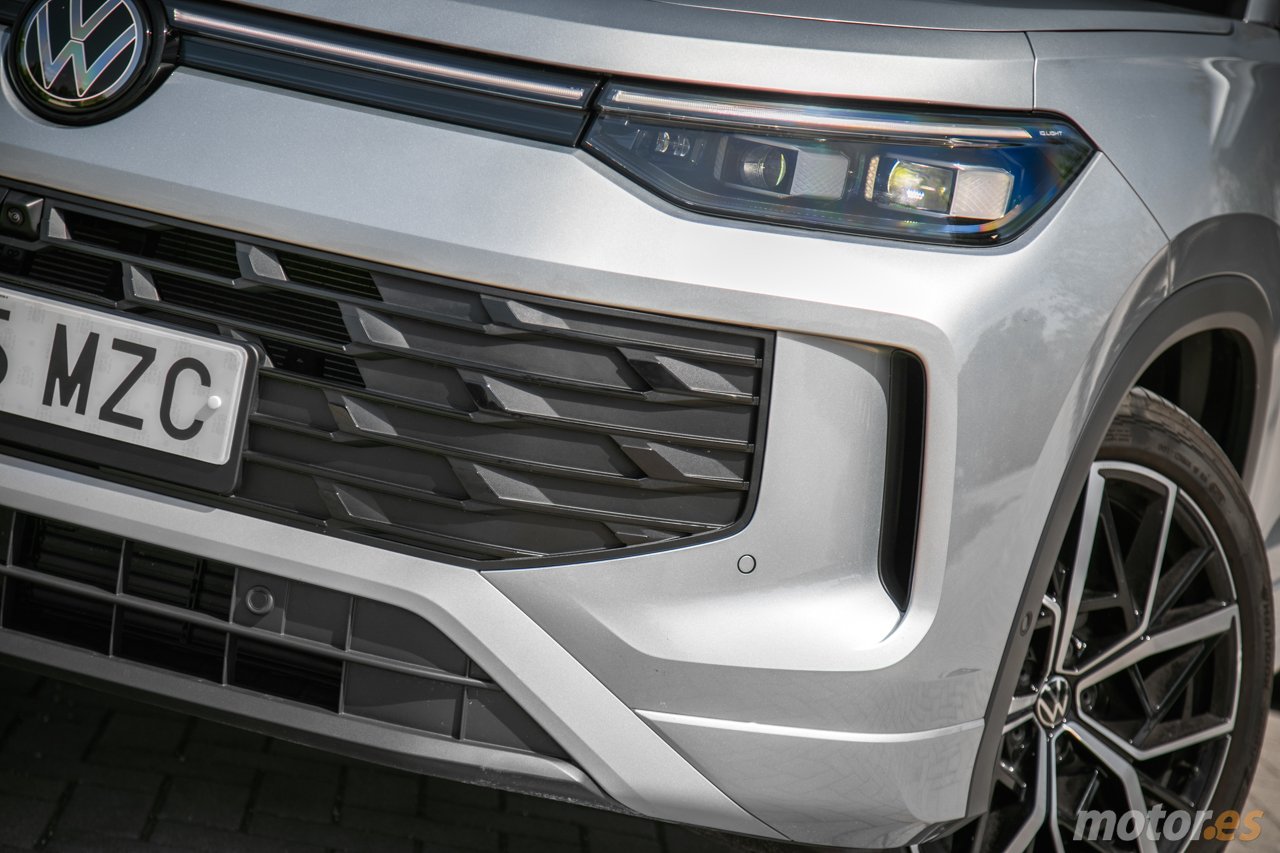
In 1885, the world changed forever. That year, the horse ceased to be the main means of transportation in the world. In 1885, Karl Benz created the first car in history, although it wasn't until a year later that it was patented and mass-produced. This year we celebrate the 140th anniversary of that milestone in human evolution. Since then, humanity has built its existence around the car, allowing us to travel further with fewer complications.
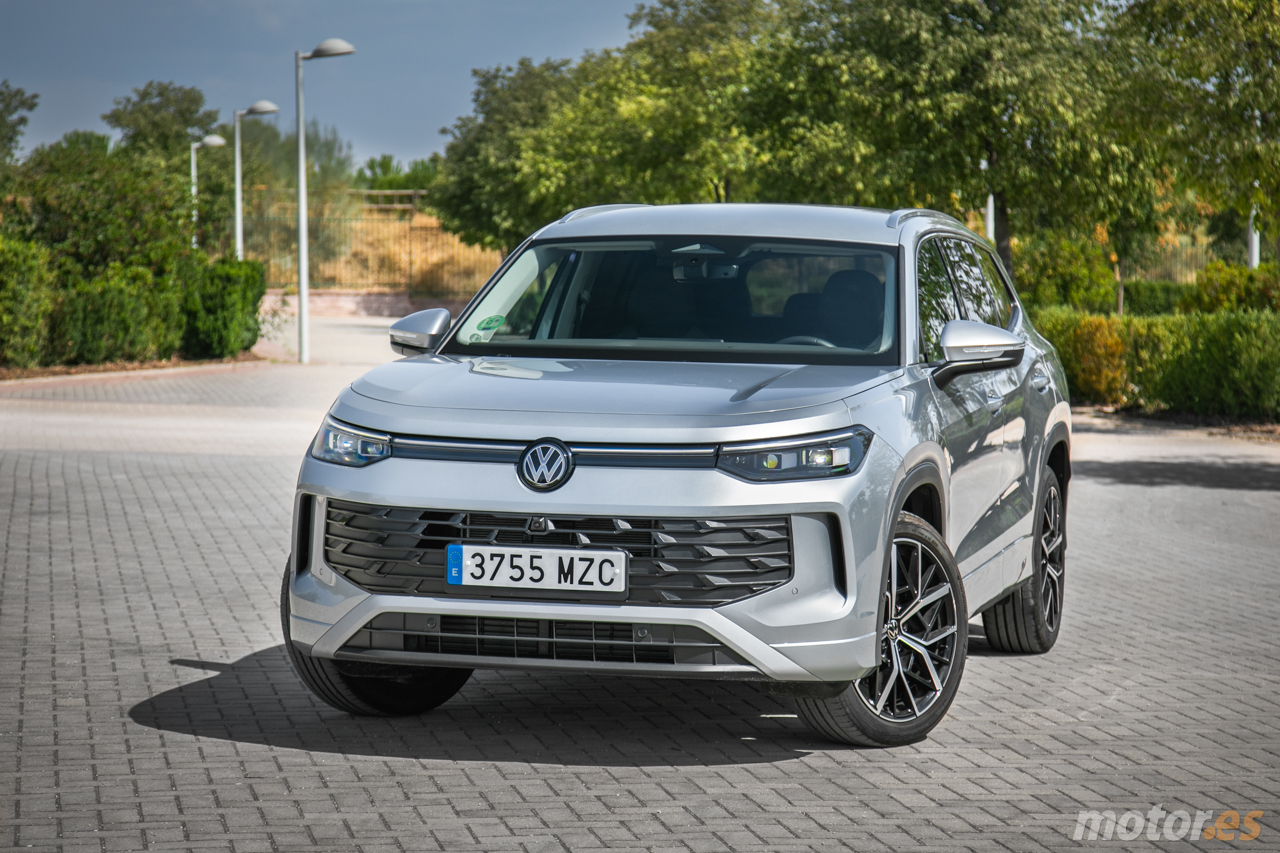
Throughout the past century, we have witnessed the launch of countless advancements that have shaped what we now know as the automobile. From power steering to airbags, and driving assistants. In 1897, just 12 years after the birth of the car, an engineer, another German, Rudolf Diesel, created the first diesel engine in history. A germ of what cars like the new Volkswagen Tayron have today. A car that, according to theory, is about to become extinct, and yet it has just arrived on the market.
The Tayron was presented just a few months ago, although its concept is not so new. Volkswagen has decided it was time to forget about the Tiguan AllSpace, the 7-seater Tiguan, and usher in the era of the Tayron. Philosophically speaking, they are the same product, and now that we know that the Touareg will cease to exist, the Tayron will soon be the largest SUV that the Germans put on sale. An all-terrain vehicle ideal for families with 3 or more children due to its size, space, and engine.
The theory, at least the one dictated by politicians, is that we should all move in electric cars. The reality is that there is still a long way to go before that moment arrives. How long? We actually don't know. The current regulation states that the last combustion car in Europe will be produced on December 31, 2034, but it is most likely that this date will be postponed a few years. Next year, in 2026, the European Parliament will review the plan, and almost certainly brands and countries will push to postpone the date.
All brands have prepared for the moment when we will plug in to move, but they have not neglected traditional systems, those that still demonstrate today that they can move the world and anyone who wants to. Is it logical to buy a diesel car today? Yes, of course it is. In fact, it remains an excellent option for many drivers.
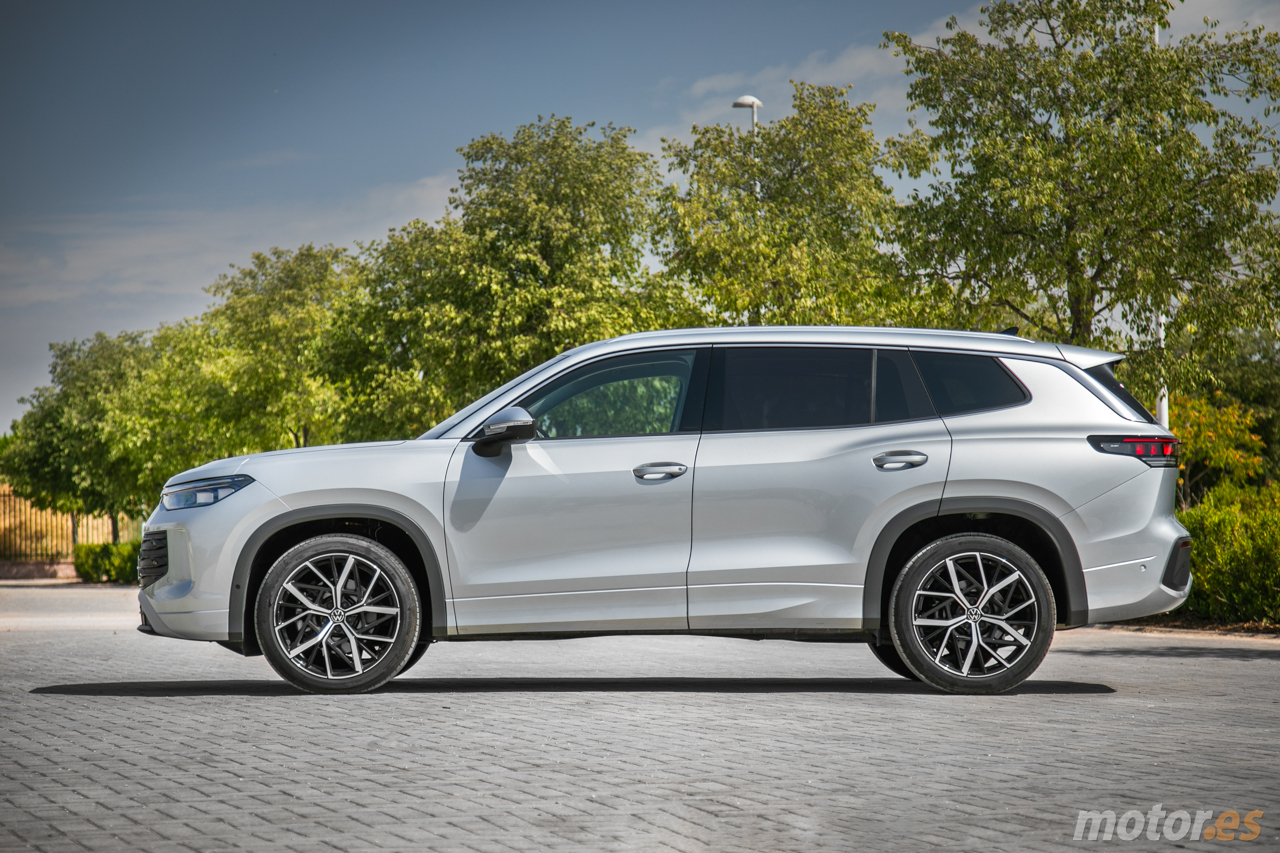
What makes no sense is to buy a 4.79-meter SUV like the Tayron with a gasoline engine. It exists, but the consumption is so high that the figures don't add up. The plug-in hybrids seem more logical. A few months ago, I talked about the Tayron PHEV. I found it to be a very interesting purchase, almost as attractive as the 2.0 TDI that is the focus of our attention today. The PHEV benefits from its ZERO label and its really adjusted consumption -comparable to that of the diesel-, but its dependence on a domestic plug and the fact that it cannot offer 7 seats may weigh down its arguments.
The Tayron 2.0 TDI More than 7 seats like the one I tested costs a minimum of 47,630 euros. It is not a cheap product, but considering how the market is today, it doesn't seem overpriced. The price difference between the Tayron and the Tiguan is 4,000 euros. The Tayron PHEV is a bit more expensive, starting at 48,000 euros, without subsidies, but it cannot include a third row of seats. In reality, it is a Tiguan with almost 200 liters more trunk space.
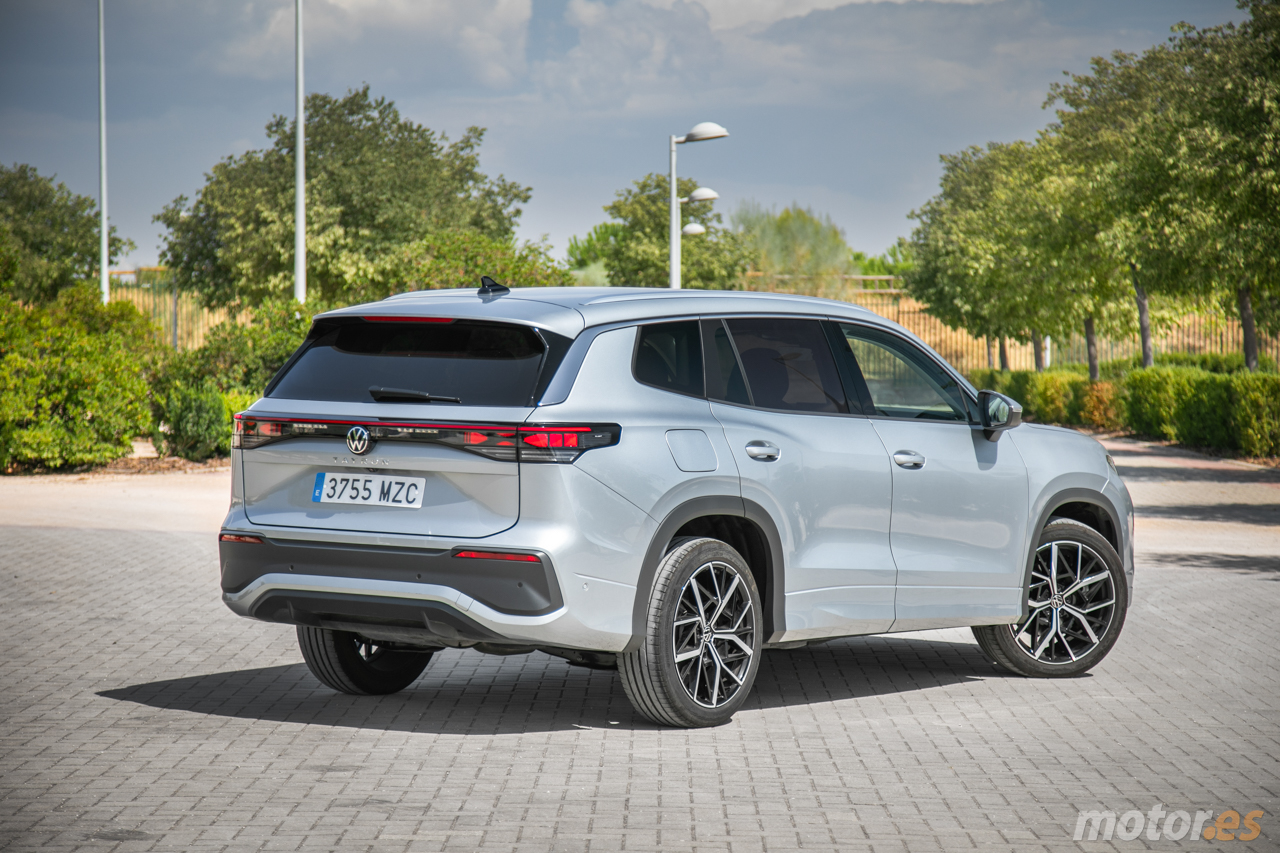
The More trim is the most balanced of all. It is the most basic, but with what it comes with as standard, it is more than enough. The list of features is very long: full LED headlights, 19-inch wheels, keyless entry and start, ambient lighting, three-zone climate control, digital instrumentation, 12.9-inch central screen, mobile device connectivity, automatic tailgate, rear parking camera, and a long and intrusive list of driving assistants. In short, you don't need more, although I do recommend the IQ.Light matrix data (475 euros).
Inside, it feels like being in your own home. A space that Volkswagen has accustomed us to since the launch of the eighth generation Golf back in 2020. Ordinary materials, but well selected. Good fit and a pleasant sense of perceived quality. It is a mid-range, and Volkswagen offers a slightly superior finish to the standard of the category. No great luxuries, but no defects. It doesn't stand out in anything, but it doesn't penalize in anything either.
The great attraction of the Tayron is its greater interior space and its higher degree of versatility. At no extra cost, Volkswagen installs two seats in the trunk that hide in the double floor. The middle row can be adjusted longitudinally to play with the centimeters, adding or subtracting loading capacity depending on specific needs. The minimum volume of a 7-seater Tayron is 850 liters. With the 3rd row operational, the capacity is reduced to 345 liters. The figure increases to a maximum of 1,950 liters if both rear rows are completely folded down.
It is an enormous trunk, the largest in its category by far. The Tayron falls into the category of European D-SUVs with three rows of seats. A category that has added different proposals in recent years. The models most similar to the German one are the Peugeot 5008, the Mazda CX-80, the KIA Sorento, the Hyundai Santa Fe, the EBRO S800, or the Skoda Kodiaq. Well-known models that are similar in both size and quality-price ratio.
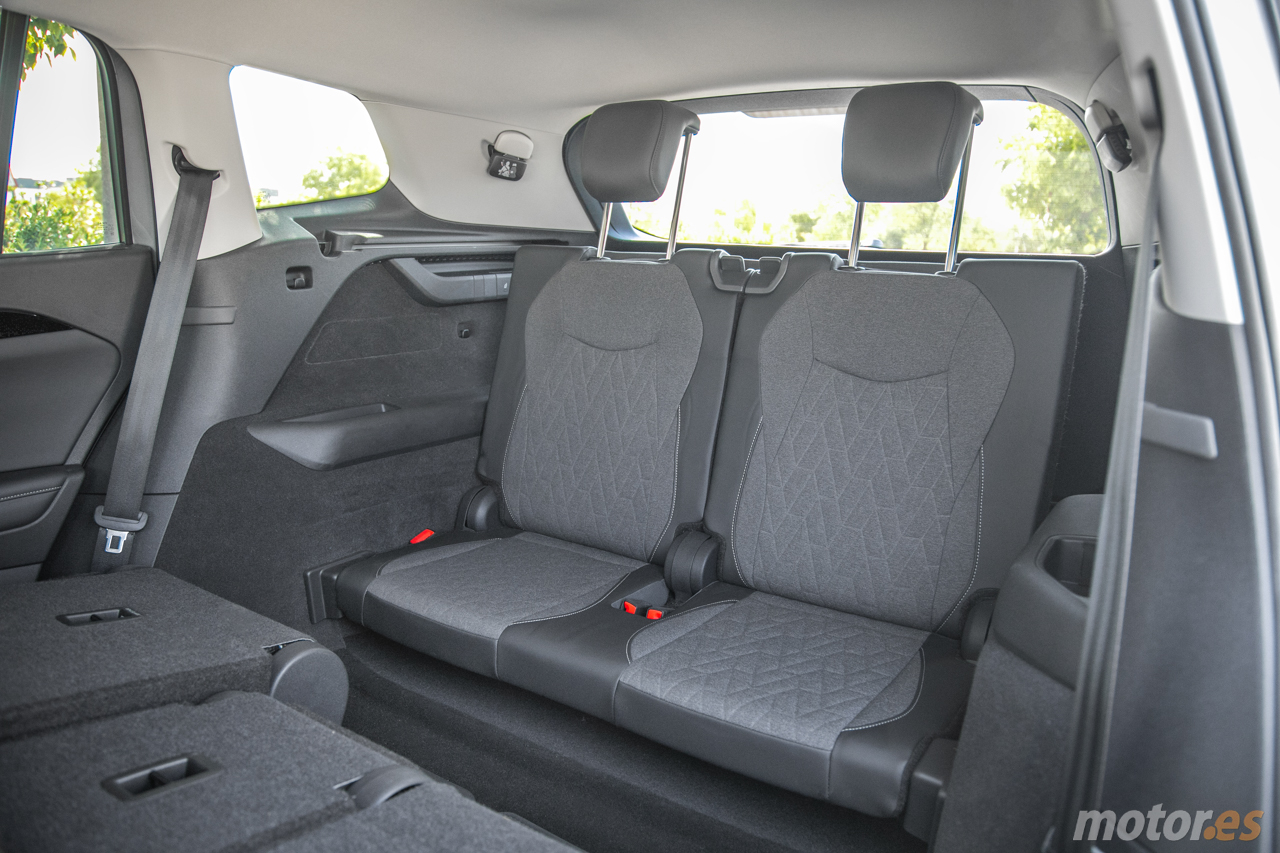
Behind the wheel of the Tayron 2.0 TDI with 150 horsepower
By itself, the Tayron 2.0 TDI with 7 seats is a heavy car. The official technical sheet recognizes a minimum weight of 1,825 kilograms. To that, you must add the driver, passengers, and cargo. This means that with a family of five on board, the diesel engine has to move a minimum of 2 tons. Volkswagen sells two diesel formats; one with 150 horsepower and another with 193. I have tested the less powerful unit, is it enough?
Before getting into the details, it should be noted that the management is handled by a seven-speed dual-clutch automatic transmission that sends power to the front axle or to all four wheels if we have 4Motion traction, which is not the case in the test unit. I can't say that the Tayron is the most powerful or emotional car in the world, but it meets all that is asked of it. As is often the case with Volkswagen, we are faced with a very balanced product.

It stands out in one thing; consumption, which leads me to the first reflection I have made in this analysis. The world today lives in the era of the best combustion engines developed by man. Engines that offer good performance and ridiculous consumption. A perfect example is the Tayron in this test. An SUV of almost 4.8 meters long, close to 2 tons in weight, with automatic transmission and 150 horsepower. Logic says its consumption should be around 6.5 - 7 liters per 100 kilometers. The reality is quite different.
After having driven more than 2,000 kilometers with it, in all kinds of situations and routes, the average consumption recorded has been 5.5 liters per 100 kilometers. This is the figure that Volkswagen homologates. This, combined with a fuel tank of 5.5 liters, ensures a range of 1,000 kilometers under normal conditions. Impressive. In fact, it can be even better. In my case, I was able to cover 1,160 kilometers with a fuel tank without having to worry about consumption.
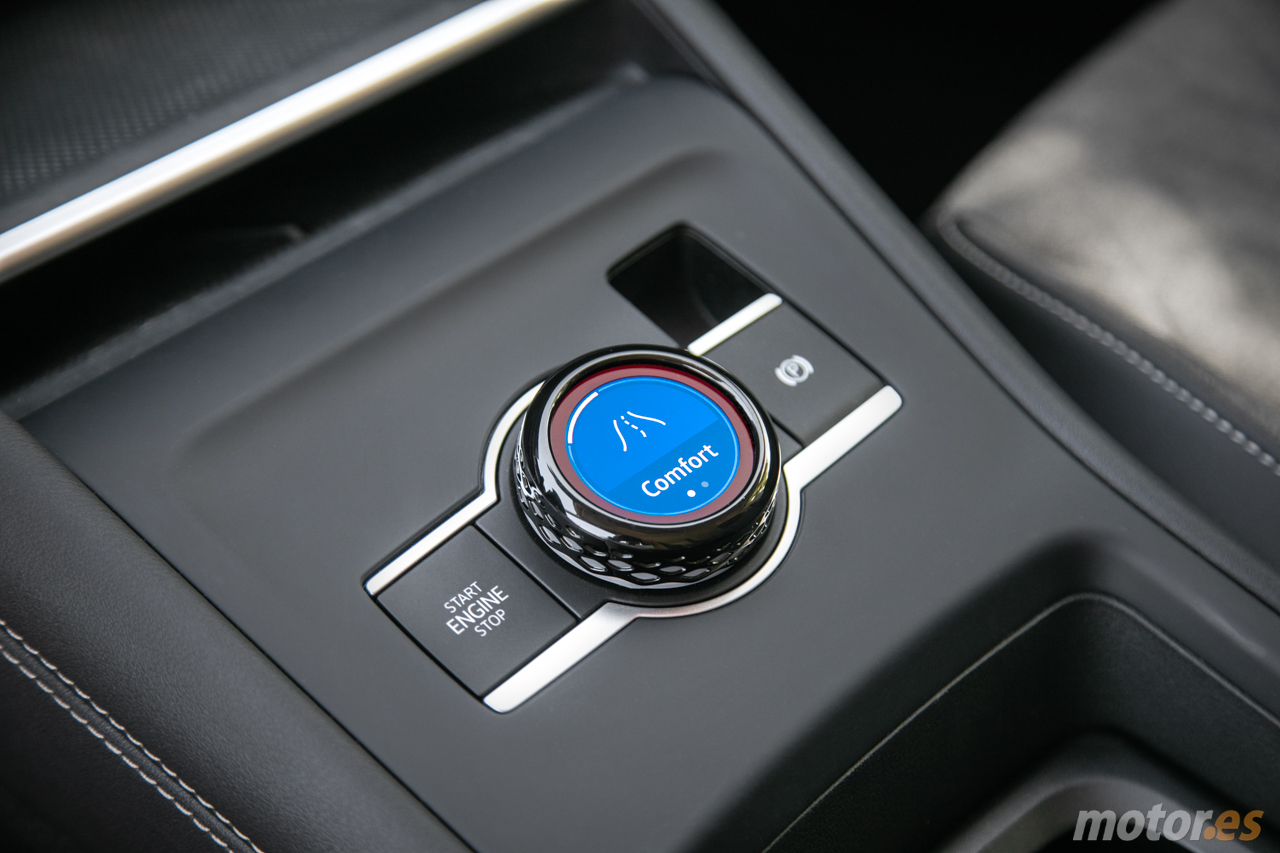
It is not a car that asks to go fast, rather the opposite. It is ideal for covering long distances without worries and quite comfortably. What you would expect from a proper Volkswagen. Its 150 horsepower performs much better than one might imagine. Despite everything it has to move, the 2.0 TDI delivers its 360 Nm of torque between 1,600 and 2,750 revolutions. The gearbox almost always keeps the engine speed at its optimal point, which facilitates acceleration.
At no point have I missed more power, although it is also true that I wouldn't have minded having the 43 horsepower and 40 Nm of torque offered by the Tayron 2.0 TDI with 193 horsepower. The problem is that this unit is quite a bit more expensive, consumes, on average, a liter more, and is always associated with 4Motion traction, something that not many customers will need. The Tayron 2.0 TDI with 150 horsepower seems to me to be the most logical purchase. Enough for 99% of Spanish drivers and families.
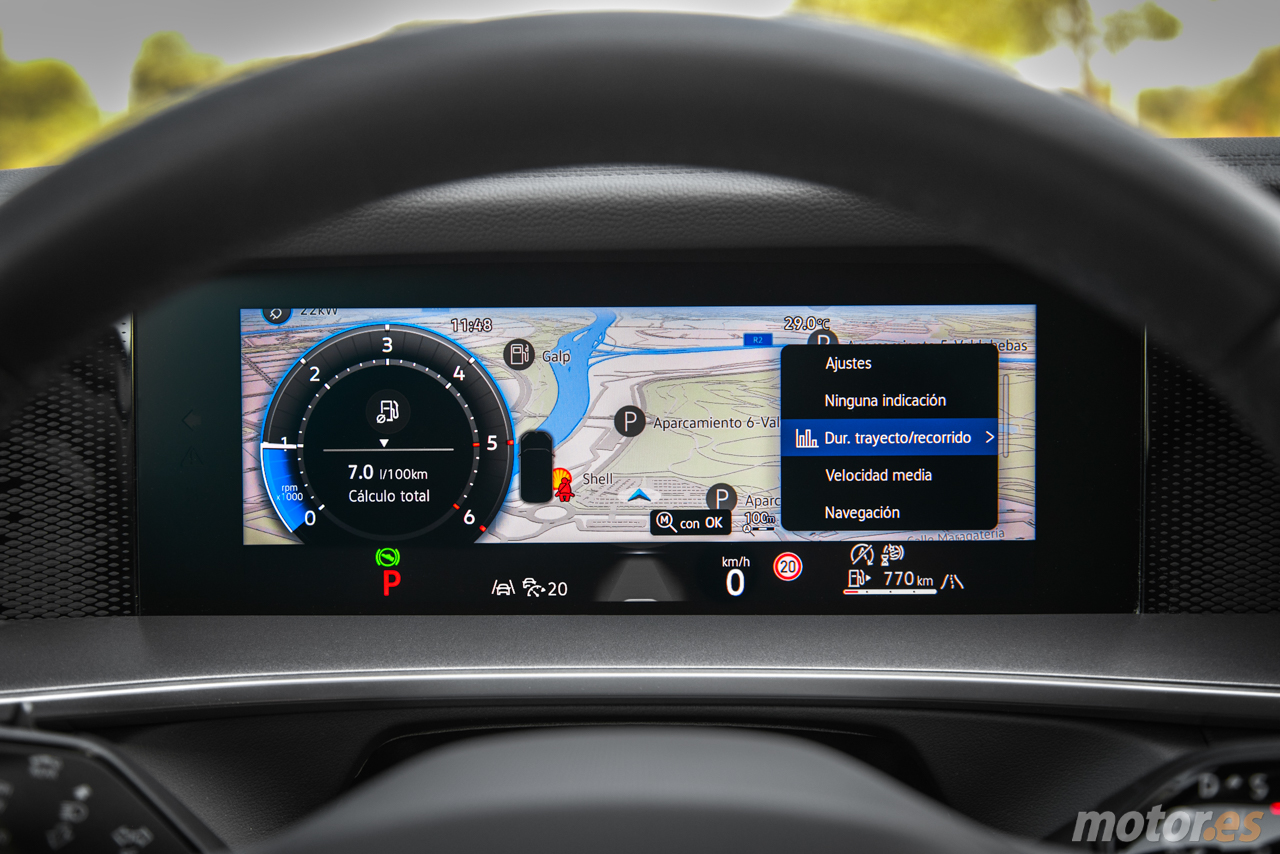
Are there drawbacks? Of course, there always are, although in this case, they are quite few. My biggest complaint is directed at the refinement of the diesel engine. It sounds loud and bad when we drive at low speed or at idle. It sounds more like a tractor than a last-generation car. The gearbox has a lot of momentum at startup, which can give us a scare. And given that its ground clearance, combined with its summer tires, is not very high, it cannot be said to be the perfect all-terrain vehicle for going off-road. Aside from those details, there are few complaints to be made about a product that earns the Volkswagen badge.








